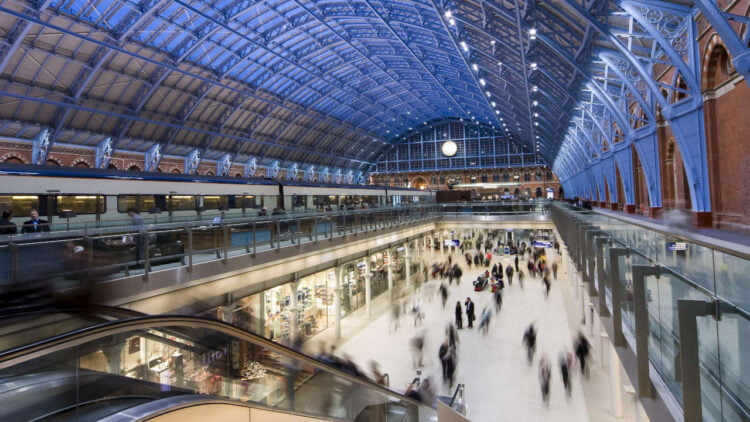A report published by the Office of Rail and Road (ORR) has revealed 40% more journeys were made on the British rail network than in the previous year.
The annual Rail Industry Finance (UK) report shows the income, expenditure and government funding of the industry for the last financial year, which ran from the 1st of April 2022 to the 31st of March 2023.
The headline figures describe an encouraging pattern of recovery, with a total of 1.4 billion journeys made in Great Britain, equating to 80 percent of the established pre-pandemic level of 1.7 billion recorded between April 2019 and March 2020.
Fares revenue also grew, with a 34% increase (£2.2 billion) adjusted for inflation rise on last year, resulting in a final figure of £8.6 billion.
The uptick in passenger journeys has been driven by the opening of the Elizabeth Line, part of the Crossrail project that provides east-west connections through Central London. And despite the impact of industrial action on service frequency, usage, and revenue, government funding has fallen 19% from the previous period, with centrally funded money now accounting for £11.9 billion for day-to-day operations.

At the same time, operational costs rose by 1% to £25.4 billion, but once finance costs were excluded, fell by 4% to £21.3 billion.
Meanwhile, in a sign that strategic investment remains a priority despite challenging financial circumstances, spending on infrastructure projects and rolling stock rose 15% to £9.7 billion, due in large part to the £6.9 billion consumed by the construction of High Speed 2 (HS2) in the latest year. However other major projects – such as East West Rail – also received funding from the public purse.
The ORR’s Director of Economics, Finance and Markets, Will Godfrey, said: “Our official statistics are an important barometer of the financial health of Britain’s railways. This year, in the context of rising inflation and industrial action, we see that rail has still continued its post pandemic recovery. Passenger journeys have increased significantly, helped in part due to the Elizabeth line‘s opening, and were 40% up on the previous year.
“Our figures also show that as a result of returning passengers, fare revenue continued to rise and that Government support for the day to day running of the railway has reduced.”






Responses